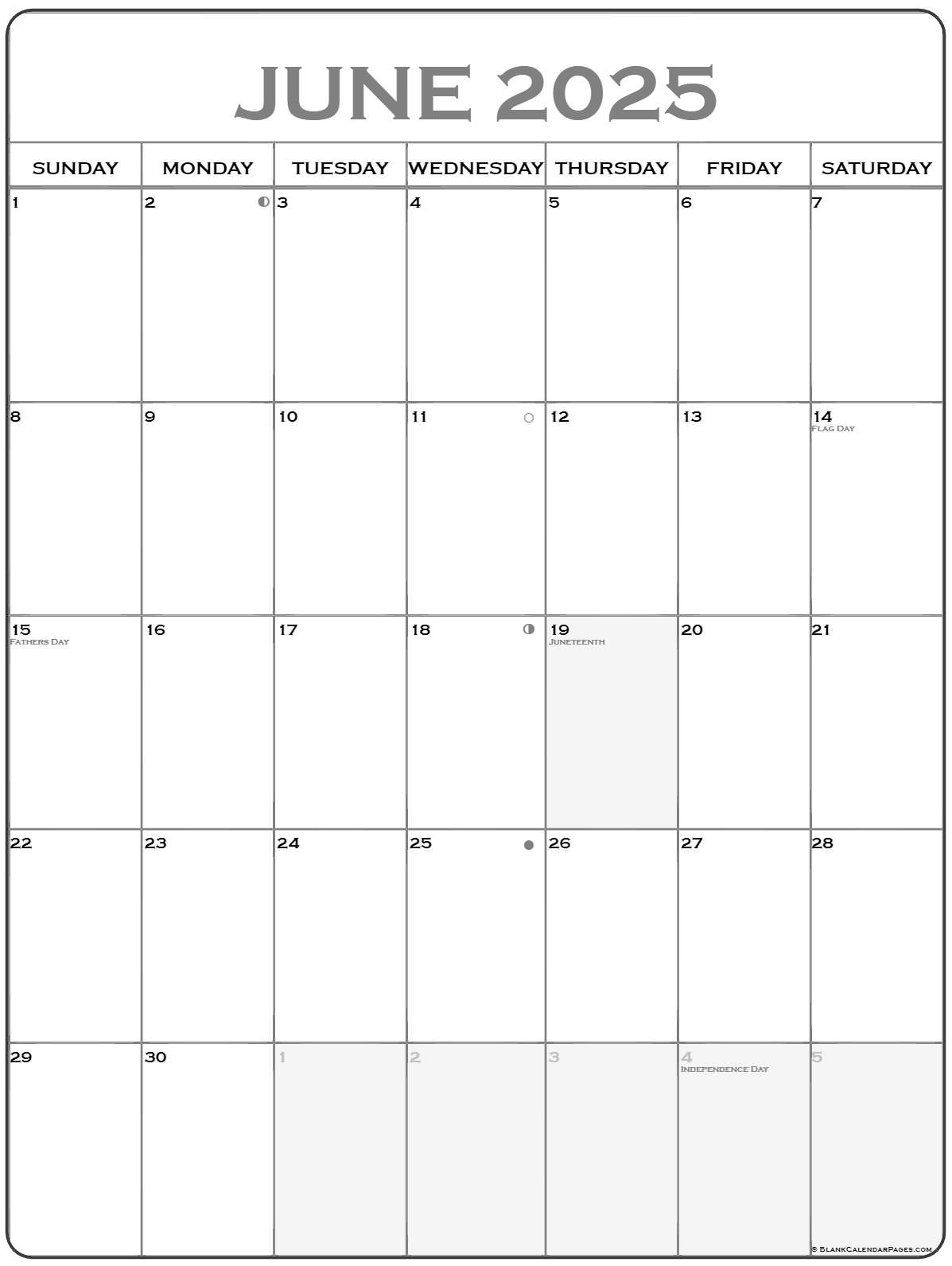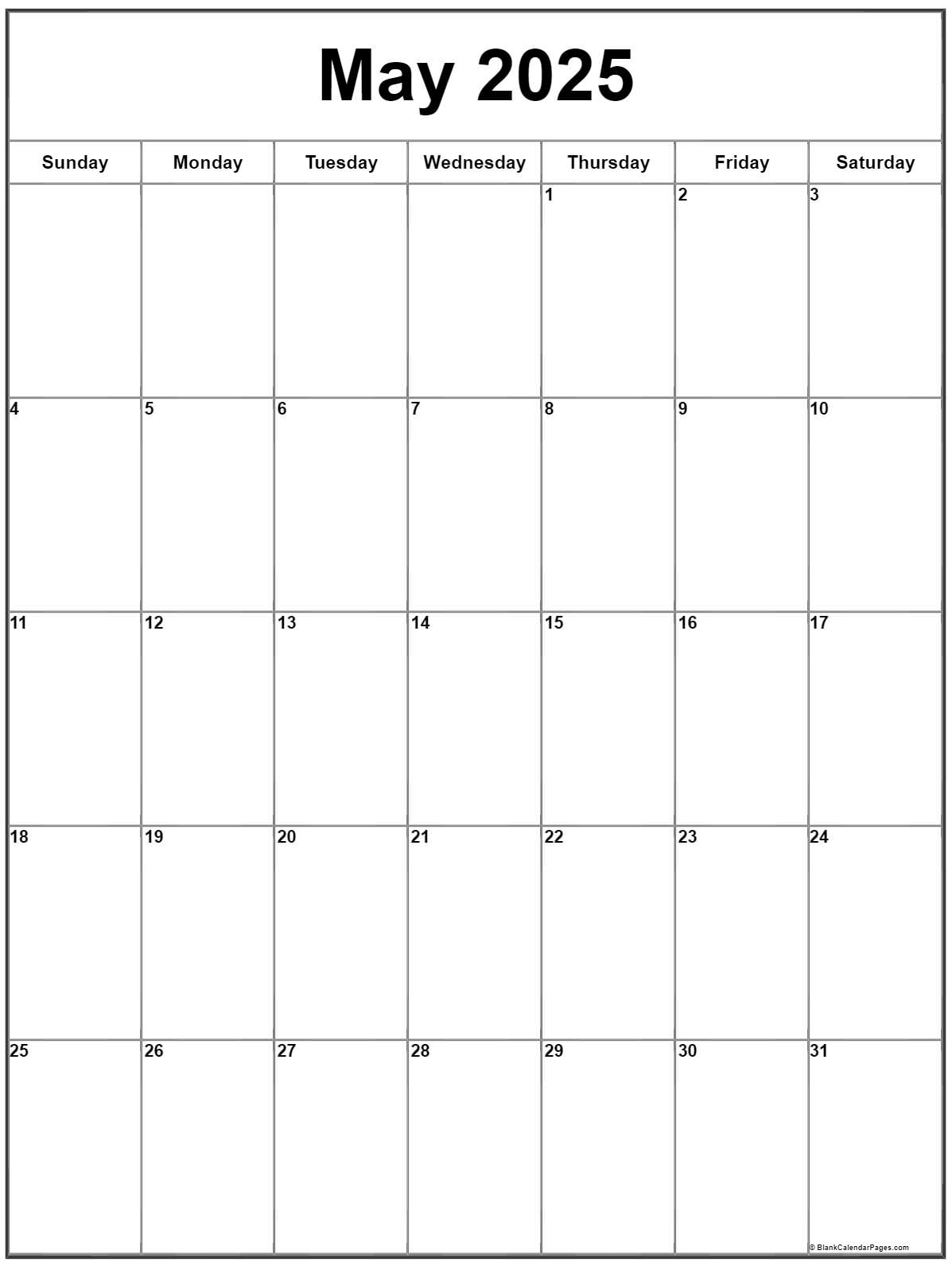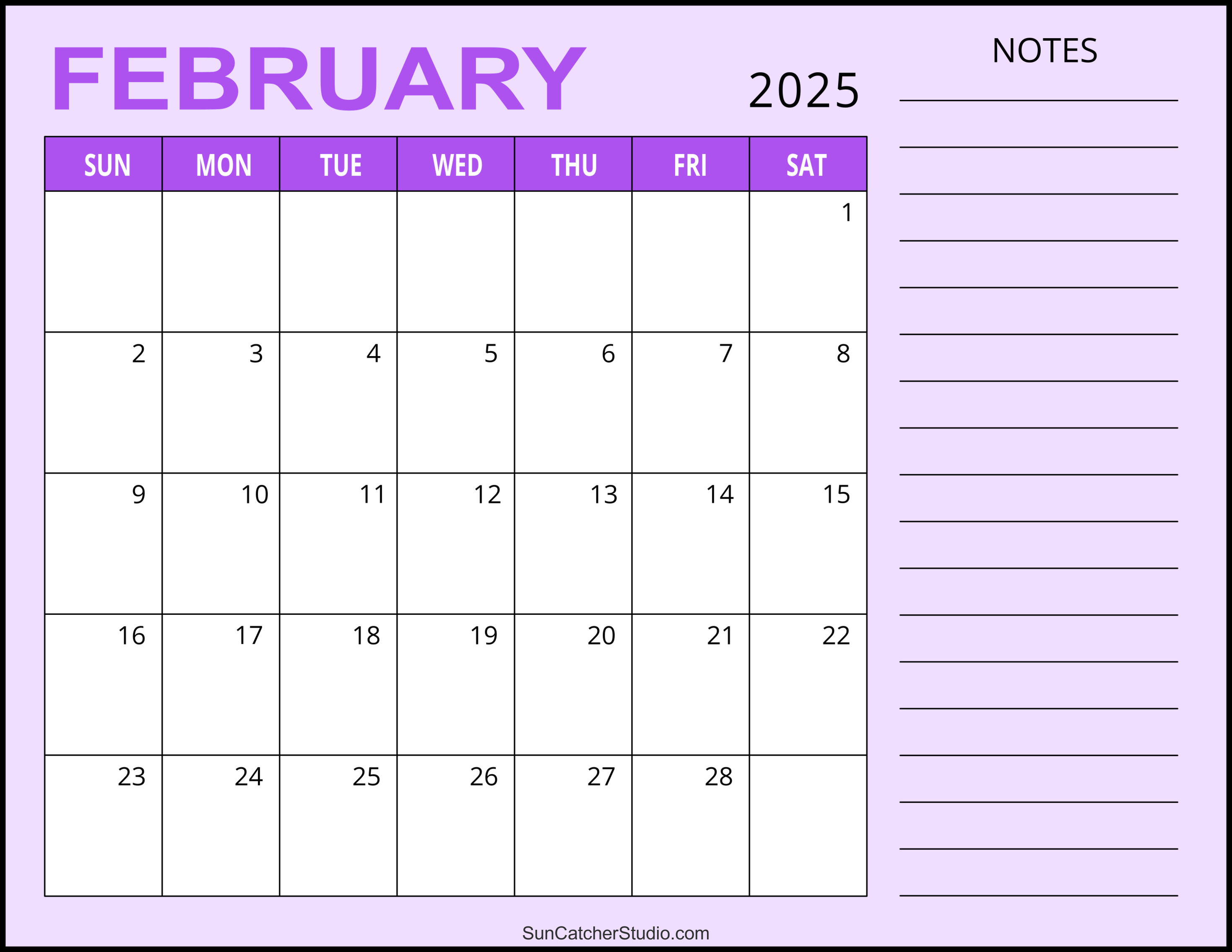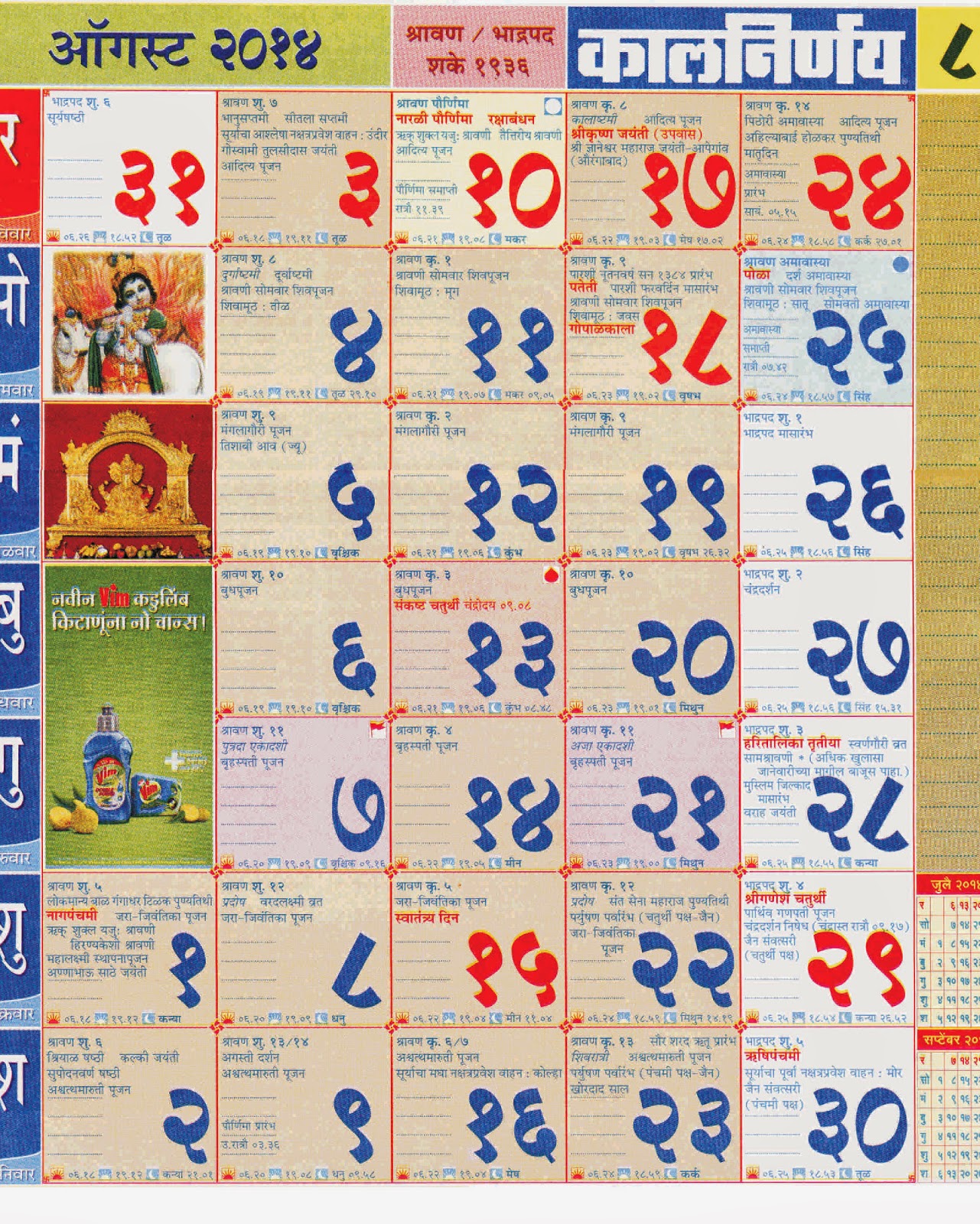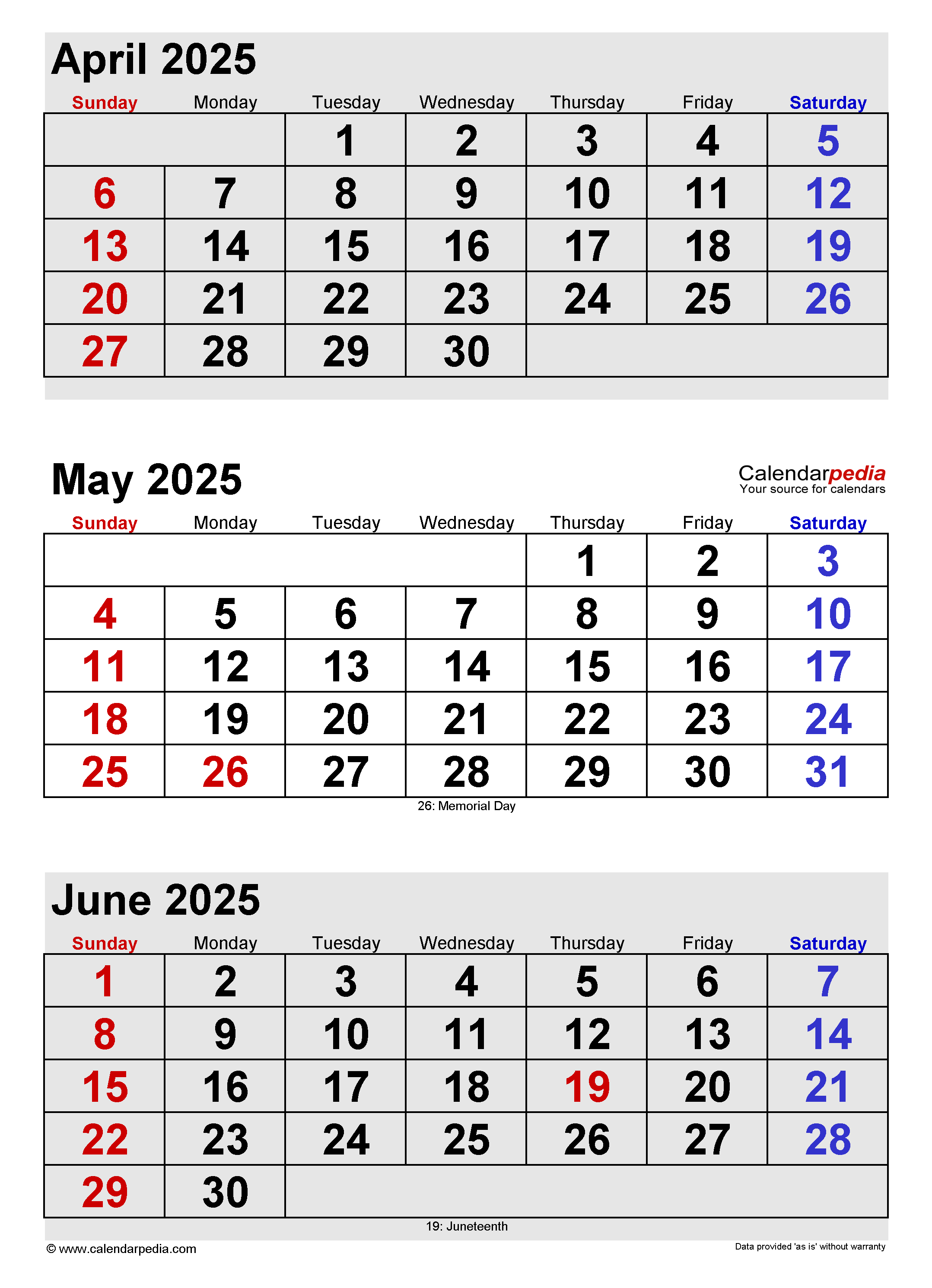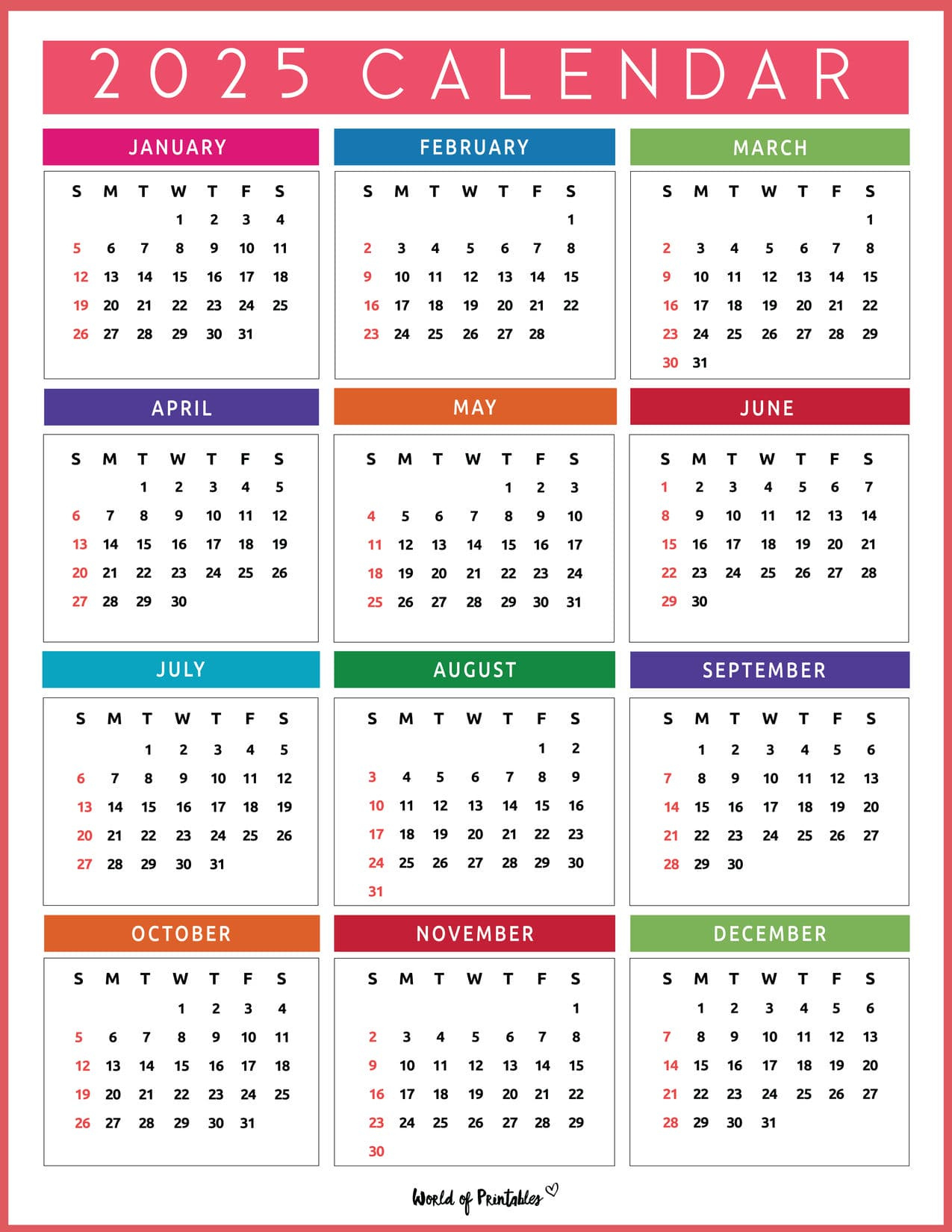May 2025 Calendar Outlook Free
Conquer May 2025: Mastering Your Schedule with Outlook’s Free Calendar Features
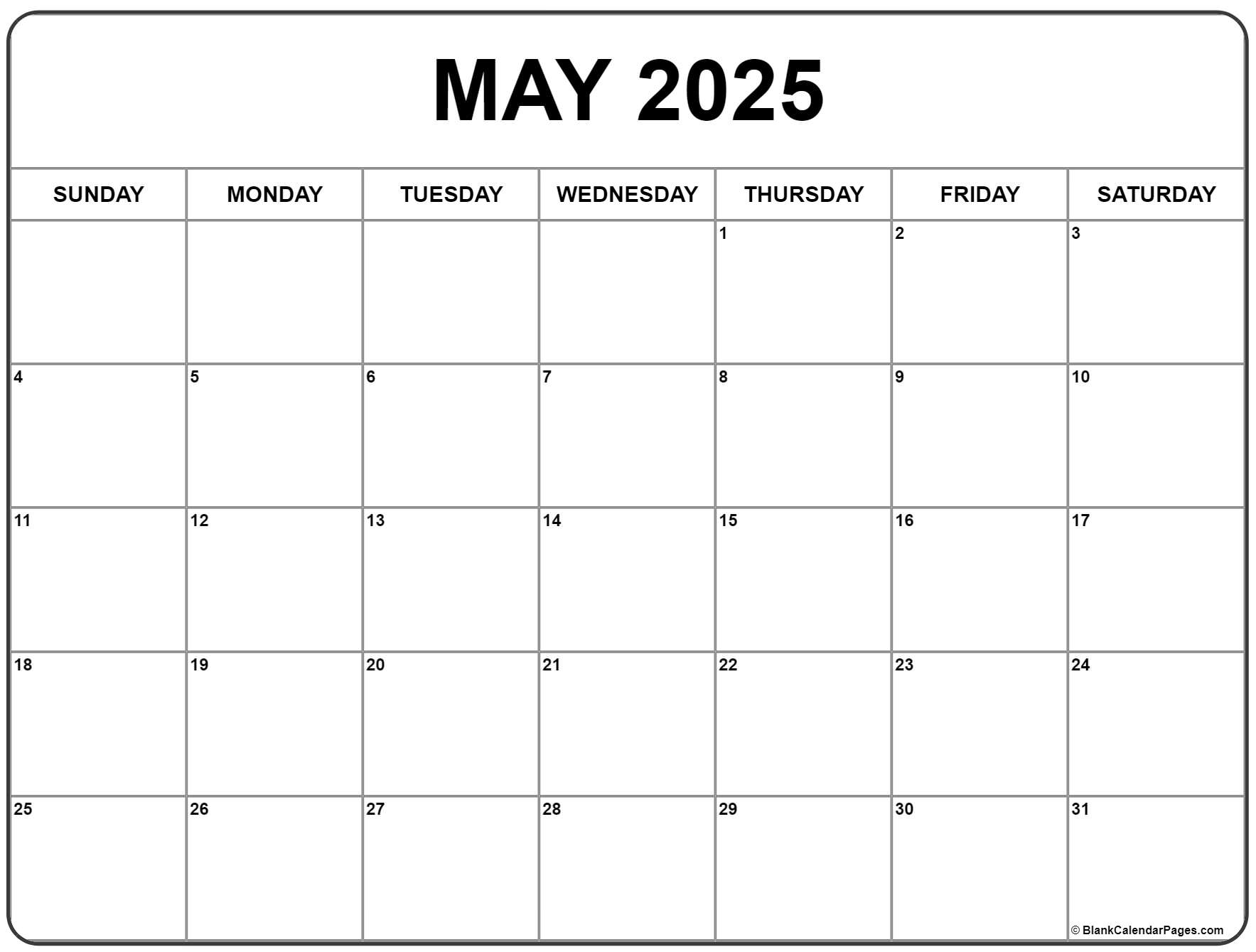
May 2025. The month stretches before you, brimming with potential – but also potentially overflowing with appointments, deadlines, and commitments. Successfully navigating this busy period requires organization, and Microsoft Outlook’s free calendar features are here to help you conquer May and beyond. This comprehensive guide dives into how to leverage Outlook’s power to create a smooth, productive, and stress-free month.
Harnessing the Power of Outlook’s Free Calendar:
While many associate Outlook with email, its robust calendar functionality is often overlooked. For users with a free Outlook.com account, a wealth of scheduling and organizational tools are readily available, requiring no additional subscriptions or software purchases. This article will explore these features, focusing on maximizing their utility for May 2025 planning.
1. Creating and Managing Events:
The foundation of any effective calendar is the ability to easily input and manage events. Outlook makes this remarkably simple. To add an event:
- Open your Outlook Calendar: Access it through the Outlook.com interface or your Outlook desktop application (if you’ve chosen to download it).
- Click "New event": This button is usually prominently displayed.
- Fill in the details: Provide a clear title, date, time, and location. Be specific! Instead of "Doctor’s Appointment," write "Annual Check-up with Dr. Smith, 2:00 PM."
- Add attendees: If the event involves others, add their email addresses. Outlook will automatically check their availability if they also use Outlook.
- Set reminders: Don’t miss important appointments! Set reminders well in advance to give yourself ample time to prepare.
- Add descriptions: Include any relevant information, such as meeting agendas, addresses, or contact numbers.
- Repeat events: For recurring meetings or appointments, utilize the "Repeat" option. Choose a frequency (daily, weekly, monthly, etc.) and specify the end date.
- Categorize events: Use color-coding or categories to visually distinguish different types of events (work, personal, appointments, etc.). This improves at-a-glance comprehension.
2. Optimizing Your View:
Outlook offers several calendar views to suit your preferences and needs:
- Day view: Ideal for detailed scheduling within a single day.
- Work week view: Shows Monday to Friday, perfect for visualizing your work schedule.
- Week view: Displays the entire week, including weekends.
- Month view: Provides an overview of the entire month, useful for long-term planning.
- Year view: A bird’s-eye view of the entire year, facilitating annual planning.
Experiment with different views to find what works best for you. The month view is particularly useful for May 2025 planning, allowing you to see the entire month at a glance and strategically place events.
3. Utilizing Calendar Sharing and Collaboration:
Outlook facilitates seamless collaboration. Sharing your calendar with others (family, colleagues, etc.) simplifies scheduling and eliminates the back-and-forth of email confirmations.
- Share your calendar: Select the calendar you want to share, click on "Share," and add the email addresses of those you want to grant access to. You can customize the level of access (view only, edit, etc.).
- Accept calendar invitations: When someone invites you to an event, accept or decline promptly. Outlook will automatically update your calendar.
Sharing calendars is particularly helpful for coordinating family events, project deadlines, or team meetings in May 2025.
4. Integrating with Other Applications:
Outlook’s calendar integrates well with other Microsoft services and applications. This integration enhances productivity and streamlines your workflow.
- Microsoft Teams: Schedule meetings directly from Outlook and link them to Teams for seamless collaboration.
- To-Do: Create tasks directly from calendar events, ensuring you don’t miss crucial steps related to upcoming appointments.
- Other applications: Depending on your setup, you might be able to integrate your Outlook calendar with other productivity tools, enhancing your overall organizational system.
5. Advanced Features for Enhanced Organization:
Beyond the basic functionalities, Outlook offers several advanced features to further refine your calendar management:
- Recurring exceptions: Need to skip a recurring meeting one week? Outlook allows you to easily create exceptions to recurring events.
- Customizable views: Customize your calendar view to display the information most relevant to you. Add or remove columns, change the time format, and more.
- Calendar overlays: View multiple calendars simultaneously to get a holistic view of your commitments. This is especially useful if you share calendars with others.
- Search functionality: Quickly find specific events using Outlook’s robust search function. This is invaluable when dealing with a busy calendar like that of May 2025.
May 2025: A Case Study in Outlook Calendar Mastery:
Let’s consider a hypothetical scenario to illustrate how Outlook can help you manage May 2025 effectively. Imagine you have:
- Work deadlines: A major project due on May 15th, requiring daily progress updates.
- Personal appointments: A doctor’s appointment on May 8th, a family dinner on May 22nd, and a vacation planned for the last week of May.
- Team meetings: Weekly team meetings every Tuesday at 10:00 AM.
Using Outlook, you would:
- Create separate calendars for "Work," "Personal," and "Team." This facilitates clear separation and visual organization.
- Input all deadlines, appointments, and meetings with specific details and reminders.
- Utilize the "Repeat" function for weekly team meetings.
- Color-code events for easy visual identification.
- Share your "Work" calendar with your team for seamless collaboration.
- Set reminders for deadlines and appointments to ensure you stay on track.
- Use the month view to visualize the entire month and ensure events don’t clash.
By strategically employing these features, you can create a comprehensive, organized view of May 2025, minimizing scheduling conflicts and maximizing productivity.
Conclusion:
Microsoft Outlook’s free calendar features are a powerful tool for managing your schedule, particularly during busy months like May 2025. By mastering the techniques outlined in this article, you can transform your calendar from a source of stress into a valuable asset for achieving your goals and maintaining a balanced life. Take advantage of Outlook’s capabilities and conquer May 2025 with confidence and efficiency. Remember to explore the full range of features to discover what best suits your individual needs and workflow. The key is to experiment and find the perfect balance between functionality and personal preference to create a calendar system that truly works for you.
